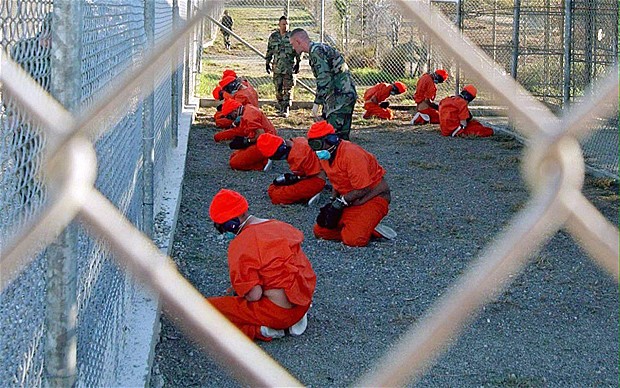
Capital punishment remains contested as a deterrent for criminal behavior. Proponents of the practice focus on its ability to reduce the cost associated with keeping an inmate in jail for a prolonged period of time. They argue that the money spent on incarceration could be used for other programs. Arguments against the practice state that it is immoral and hypocritical to take a life in exchange for the one lost. Opponents also argue that no studies exist which demonstrates the link between capital punishment and deterrence.
Arguments in favour of the death penalty often fail to account for instances of race, homophobia, and gender-based discrimination, which impact how a crime is perceived. In Florida for instance, since the state implemented the ‘Stand Your Ground’ laws in 2005, there have been cases of alleged discrimination and racial targeting. “The odds that a white-on-black homicide is ruled to have been justified is more than 11 times the odds a black-on-white shooting is ruled justified,” one investigator stated.
Despite the fact that Caucasians account for less than 50% of murder victims in the U.S., in 77% of capital punishment cases, the victim is white. This has caused many to criticize the role race plays in adjudication.
Generally, those sentenced to death are thought to be incapable of reform or rehabilitation. In the modern era, the death penalty is primarily limited to adult offenders. However, Iran, Saudi Arabia, and Sudan remain the sole exceptions to a normative and legislative capital punishment. In the United States, the last juvenile execution occurred in 2003, before being outlawed in 2005.
An American study noted that the most popular justification for capital punishment is retribution, or “an eye for an eye”. While this phrase once guided many of our justice systems, today, compensation for a crime usually involves the loss of personal liberties and mobility, or financial restitution.
It is very difficult to prove someone’s guilt beyond a reasonable doubt. This challenge becomes even greater when issues such as classism, racism, and homophobia influence the perceptions and judgments of others. As such, it is very unlikely that any justice system is fully impartial. It is irresponsible to execute a criminal if impartiality cannot be guaranteed.
Capital punishment remains contested as a deterrent for criminal behaviour. Proponents of the practice focus on its ability to reduce the cost associated with keeping an inmate in jail for a prolonged period of time. They argue that the money spent on incarceration could be used for other programs. Arguments against the practice state that it is immoral and hypocritical to take a life in exchange for the one lost. Opponents also argue that no studies exist which demonstrates the link between capital punishment and deterrence.
Arguments in favour of the death penalty often fail to account for instances of race, homophobia, and gender-based discrimination, which impact how a crime is perceived. In Florida for instance, since the state implemented the ‘Stand Your Ground’ laws in 2005, there have been cases of alleged discrimination and racial targeting. “The odds that a white-on-black homicide is ruled to have been justified is more than 11 times the odds a black-on-white shooting is ruled justified,” one investigator stated.
Despite the fact that Caucasians account for less than 50% of murder victims in the U.S., in 77% of capital punishment cases, the victim is white. This has caused many to criticize the role race plays in adjudication.
Generally, those sentenced to death are thought to be incapable of reform or rehabilitation. In the modern era, the death penalty is primarily limited to adult offenders. However, Iran, Saudi Arabia, and Sudan remain the sole exceptions to a normative and legislative capital punishment. In the United States, the last juvenile execution occurred in 2003, before being outlawed in 2005.
An American study noted that the most popular justification for capital punishment is retribution, or “an eye for an eye”. While this phrase once guided many of our justice systems, today, compensation for a crime usually involves the loss of personal liberties and mobility, or financial restitution.
It is very difficult to prove someone’s guilt beyond a reasonable doubt. This challenge becomes even greater when issues such as classism, racism, and homophobia influence the perceptions and judgments of others. As such, it is very unlikely that any justice system is fully impartial. It is irresponsible to execute a criminal if impartiality cannot be guaranteed.




